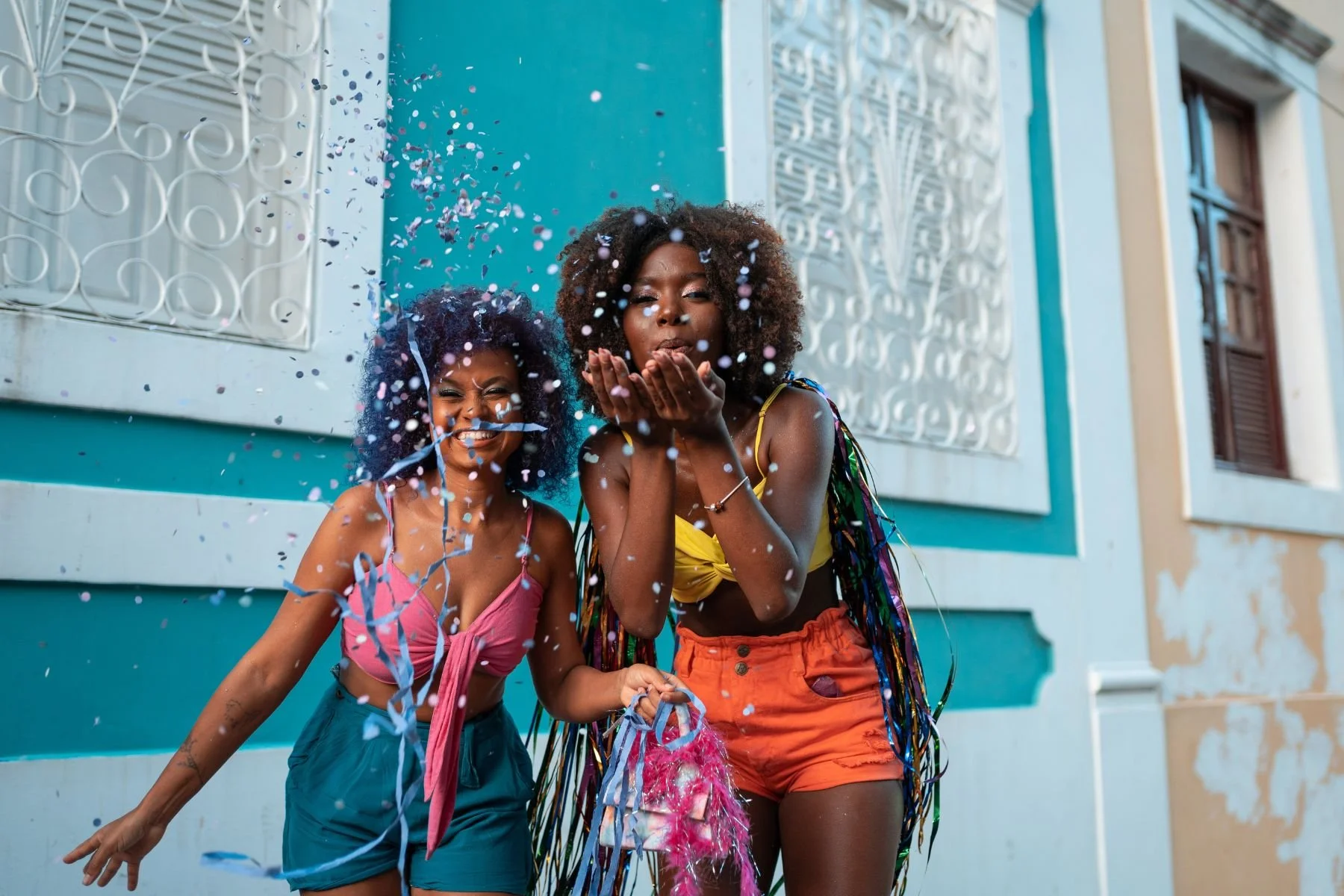The Vibrant Carnaval of the Dominican Republic
A Celebration of Culture and Joy
As the sun sets and the streets come alive with color and music, Carnaval in the Dominican Republic transforms the nation into a vibrant tapestry of culture and joy. This annual celebration, deeply rooted in history, is more than just a festival, it’s a profound expression of Dominican identity, filled with rich traditions that echo through the ages.
“Life is a carnival. You wait in long lines to enjoy a short ride”
A Brief History of Carnaval
The origins of Carnaval in the Dominican Republic trace back to the colonial era, where African, Taíno, and Spanish traditions intertwined to create a celebration unlike any other. Initially introduced as a Catholic pre-Lenten festival, it soon absorbed the rhythmic beats, vibrant masks, and storytelling elements of the island’s diverse cultural heritage.
Over time, Carnaval transformed into a joyous expression of resilience, satire, and national identity. It flourished even during moments of political unrest, serving as a space where people could express themselves freely through elaborate costumes, mischievous characters, and bold performances. From the devil-masked Diablos Cojuelos of La Vega to the poetic Califé of Santo Domingo, each region brings its own unique flavor to the festivities.
Today, locals and visitors alike fill the streets with music, dance, and color, celebrating not just a tradition, but the enduring spirit of the Dominican people—a people who turn history into art, struggle into joy, and everyday life into an explosion of culture.
Key Features of Dominican Carnaval
One of the most captivating aspects of Carnaval is its breathtaking costumes. Elaborate masks and vibrant outfits adorned with feathers, beads, and sequins fill the streets. Each costume tells a story, often representing historical figures, local folklore, or social commentary.
Music and dance are at the heart of Carnaval. The pulsating rhythms of merengue and bachata resonate through the air, inviting everyone to join in the celebration. From choreographed parades to spontaneous dance-offs, the infectious energy creates an atmosphere of unity and joy.
Major parades, particularly in cities like La Vega and Santo Domingo, are the highlight of the Carnaval season. The streets are lined with spectators eagerly awaiting the dazzling displays of creativity and talent.
Notable Carnaval Characters
Among the many colorful figures that populate the streets during Carnaval, a few stand out:
Roberto de la Muerte: This folkloric character, representing death, brings both humor and a touch of fright to the festivities, reminding revelers of the fine line between life and death.
El Diablo Cojuelo: Known for his playful antics, this character wears a traditional devil costume and often engages with the crowd, embodying the mischievous spirit of Carnaval.
Roba la Gallina: Dressed in oversized, colorful clothing with exaggerated hips and a towering hat, this beloved character parades through the streets, playfully begging for food and sweets, symbolizing humor and social satire.
Los Tiznaos: Covered in charcoal or motor oil, these energetic tricksters run through the crowds, playfully smudging spectators, representing the rebellious and mischievous side of Dominican carnival.
Califé: A poetic and witty character dressed in a black suit and hat, he delivers satirical verses about politics and society, using humor and sharp criticism to entertain and provoke thought.
El Guloya: Inspired by the rich traditions of San Pedro de Macorís, this lively character wears a flamboyant outfit and tall hat, moving to the hypnotic beats of drums as he brings Afro-Caribbean storytelling to life.
These characters, along with many others, serve as a bridge between the past and present, showcasing the rich tapestry of Dominican folklore.
Regional Variations
While Carnaval is celebrated nationwide, each region brings its unique flair.
La Vega Carnaval (Carnaval Vegano) : Renowned for its grandeur, this celebration features stunning floats and an array of costumes, attracting thousands of visitors each year.
Santiago Carnaval: Known for its lively atmosphere, this Carnaval showcases traditional music and a variety of regional characters, making it a must-see.
Smaller towns also celebrate Carnaval with their own unique traditions, each adding to the diversity of the experience.
The Cultural Significance
Carnaval is not just a party; it plays a crucial role in community bonding and cultural identity. It reflects the history and struggles of the Dominican people, celebrating resilience through joy and creativity. The festival fosters a sense of belonging, uniting people from all walks of life in a shared experience of celebration and pride.
Tips for Attending Carnaval
If you’re planning to join in the festivities, here are some tips:
Best Time to Visit: Carnaval typically takes place throughout February, with major events on weekends leading up to Ash Wednesday.
What to Wear: Embrace the spirit of the festival! Bright colors and comfortable shoes are essential. Consider wearing a costume or mask to fully immerse yourself.
Safety Tips: While Carnaval is joyous, be mindful of your belongings and stay with a group to ensure a safe experience.
The Carnaval of the Dominican Republic is a dazzling celebration of life, culture, and community. It invites everyone to revel in the joy of togetherness, creating lasting memories for all who participate.
Whether you're a local or a traveler, experiencing Carnaval firsthand is an unforgettable adventure that showcases the heart and soul of the Dominican Republic. So grab your mask, put on your dancing shoes, and join in the celebration—Carnaval awaits!


